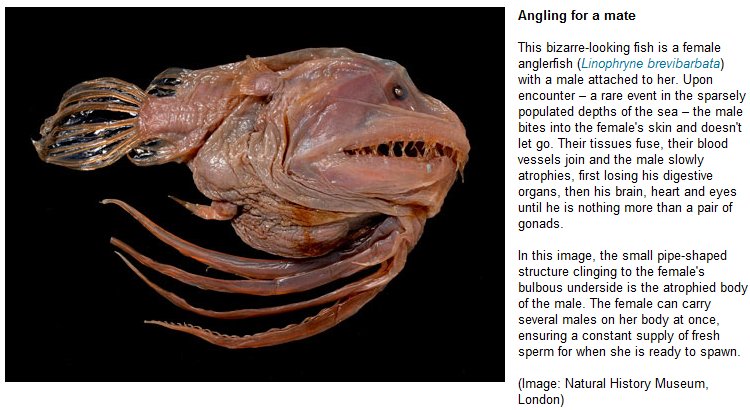Lactose intolerance is part of humankind’s genetic inheritance, which is why the mutation that allowed (some) adult humans to digest milk is of great interest to geneticists:
A genetic mutation appeared, somewhere near modern-day Turkey, that jammed the lactase-production gene permanently in the “on” position. The original mutant was probably a male who passed the gene on to his children. People carrying the mutation could drink milk their entire lives. Genomic analyses have shown that within a few thousand years, at a rate that evolutionary biologists had thought impossibly rapid, this mutation spread throughout Eurasia, to Great Britain, Scandinavia, the Mediterranean, India and all points in between, stopping only at the Himalayas. Independently, other mutations for lactose tolerance arose in Africa and the Middle East, though not in the Americas, Australia, or the Far East.
In an evolutionary eye-blink, 80 percent of Europeans became milk-drinkers; in some populations, the proportion is close to 100 percent. (Though globally, lactose intolerance is the norm; around two-thirds of humans cannot drink milk in adulthood.) The speed of this transformation is one of the weirder mysteries in the story of human evolution, more so because it’s not clear why anybody needed the mutation to begin with. Through their cleverness, our lactose-intolerant forebears had already found a way to consume dairy without getting sick, irrespective of genetics.
[. . .]
A “high selection differential” is something of a Darwinian euphemism. It means that those who couldn’t drink milk were apt to die before they could reproduce. At best they were having fewer, sicklier children. That kind of life-or-death selection differential seems necessary to explain the speed with which the mutation swept across Eurasia and spread even faster in Africa. The unfit must have been taking their lactose-intolerant genomes to the grave.
Milk, by itself, somehow saved lives. This is odd, because milk is just food, just one source of nutrients and calories among many others. It’s not medicine. But there was a time in human history when our diet and environment conspired to create conditions that mimicked those of a disease epidemic. Milk, in such circumstances, may well have performed the function of a life-saving drug.
H/T to Marginal Revolution for the link.





